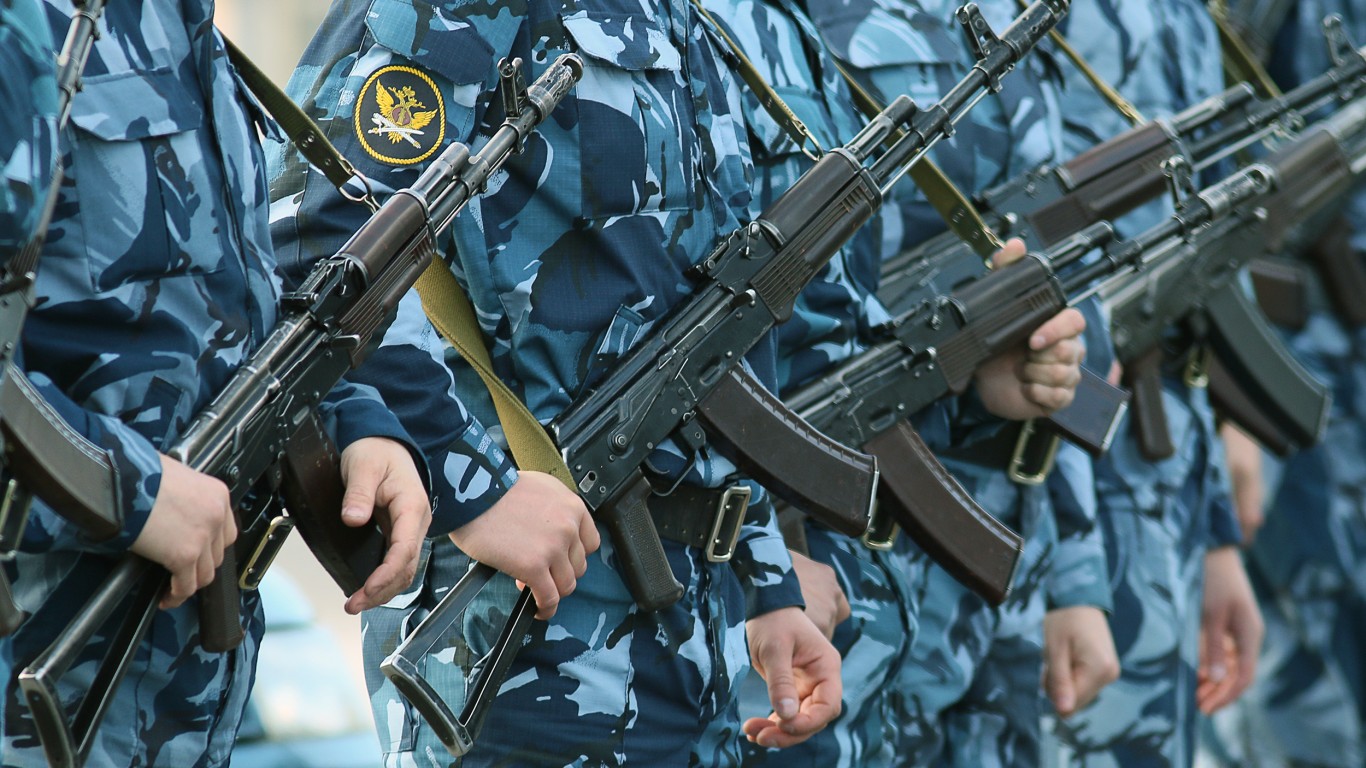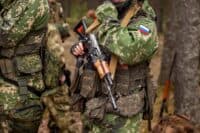
With 56 ongoing conflicts involving 92 nations worldwide, the world is getting much less peaceful. According to the latest available data, more people have perished in combat in the last year than at any time since the end of the Second World War.
The Global Peace Index (GPI) is an annual study that measures and ranks the world’s nations according to their peacefulness. The rankings are based on safety and security, ongoing conflicts, and militarism. While the latter two points are rising in the wrong direction, militarism is actually on the decline because armies are getting smaller. This article will examine the lowest-ranking nations and provide historical context and political analysis.
Why This Matters
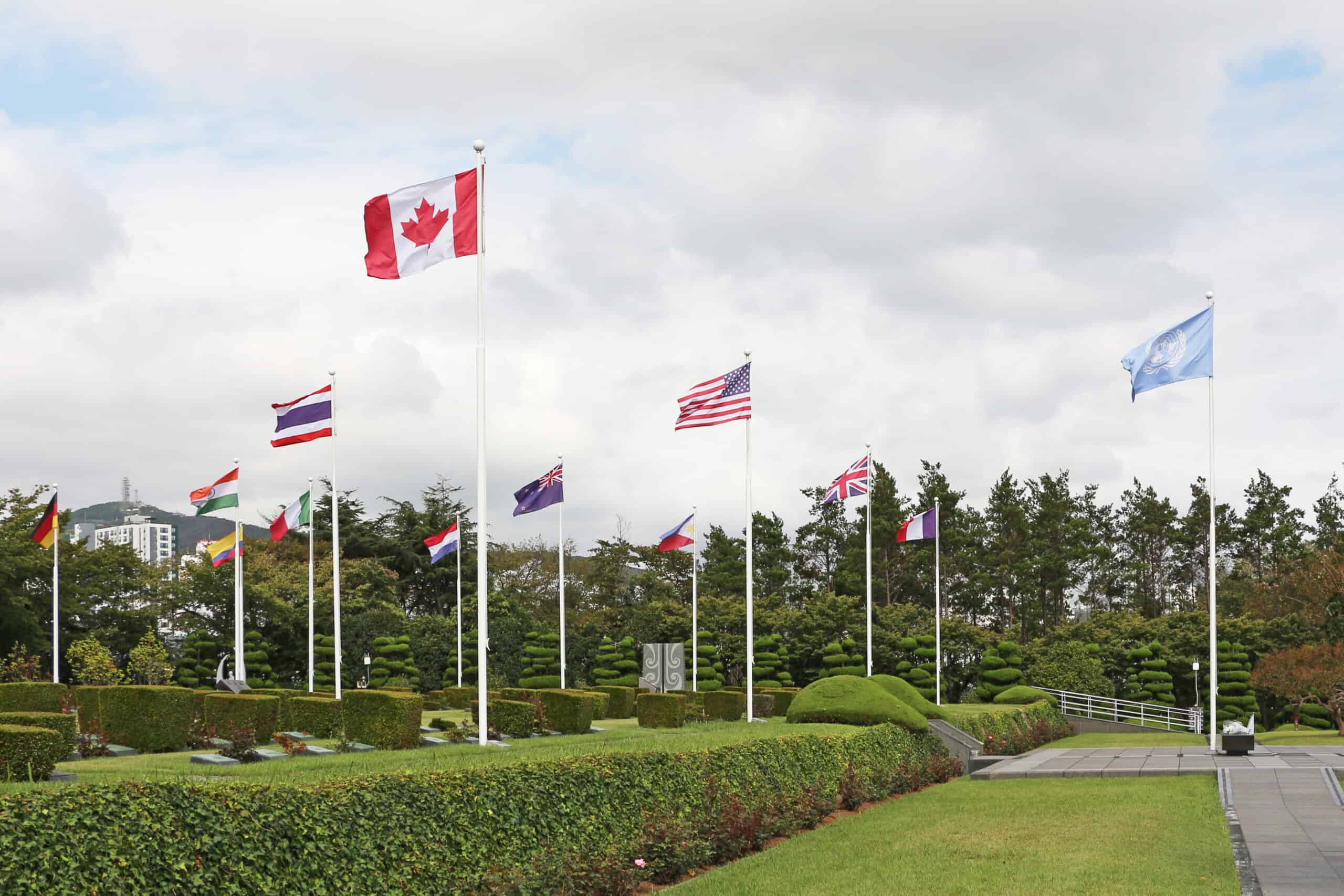
Even the most bellicose nations on the planet are hardly likely to express a desire to wage war. The countries embroiled in active conflicts go to great lengths to proclaim their intentions are defensive in nature and wholly justified. Peace is a laudable and near-universal goal of the world’s nations but it’s also incredibly difficult to obtain. By looking at the historical and political context behind the most warlike countries, a clearer picture of achieving lasting, sustainable peace emerges. While the current trends are very much in the wrong direction, history will show that tension ebbs and flows as the balance of power shifts. American military hegemony is not as assured as it was so geopolitical contests intensify as the world adjusts.
“Very Low” Nations 17-11

The 2024 GPI rates the state of peace in 17 nations as “very low.” Nigeria (17) is one of the fastest-growing nations in the world but faces major security problems in the northeast. Myanmar (16) is three years into a civil war instigated by a 2021 coup by the military. The government of Burkina Faso (15) only controls around 60% of the country as it battles against Islamist rebels. The Central African Republic (14) has been embroiled in civil war since March 2013 with Muslim and Christian groups fighting for control. The first presidential elections in 35 years are due to be held in October 2024. Iraq (13) is still reeling from the 2003 conflict, and war with the Islamic State and is still dealing with the insurgency today. ISIS claimed responsibility for 153 attacks on Iraq and Syria from January to June 2024.
North Korea is still technically at war with its southern neighbor though the active phase of the Korean War ended in 1953. The brutal authoritarian regime headed by Kim Jong-un routinely flouts international law. As Ukraine alleges North Korean troops are fighting alongside Russian soldiers in Ukraine, North Korea blew up the rail lines and roads linking North and South Korea in October 2024.
Though it has effectively been in a civil war since the early 90s, Somalia’s dire safety and security situation isn’t quite bad enough to fall into the bottom ten of the GPI.
10 – Mali

Armed rebel groups doubled their territory in northern Mali in 2023, leaving the country on the brink of all-out civil war. The current crisis represents a new phase of a struggle that began in 2012 with the Tuareg rebellion. Nomadic rebels and Al-Qaeda allies seized much of northern Mali which led to a French-led intervention in 2013. Though Operation Serval defeated rebel forces and recaptured major Malian cities, securing long-term peace proved difficult.
Operation Barkhane, an eight-year counterinsurgency operation in the Sahara ultimately failed. Anti-French protests in Bamako led to the expulsion of the French ambassador and France withdrawing forces from the region. They were followed by UN peacekeepers in 2023. Russian private military contractors from the Wagner Group arrived in 2022. Human rights groups accused the mercenaries of assisting the government in killing civilians.
The power vacuum created allowed a resurgence of extremist violence in the Mahgreb region which continues today. Several Wagner members were killed in an ambush in July 2024. In September 2024, a group linked to Al-Qaeda attacked Bamako, leaving dozens dead and injured.
9 – Israel
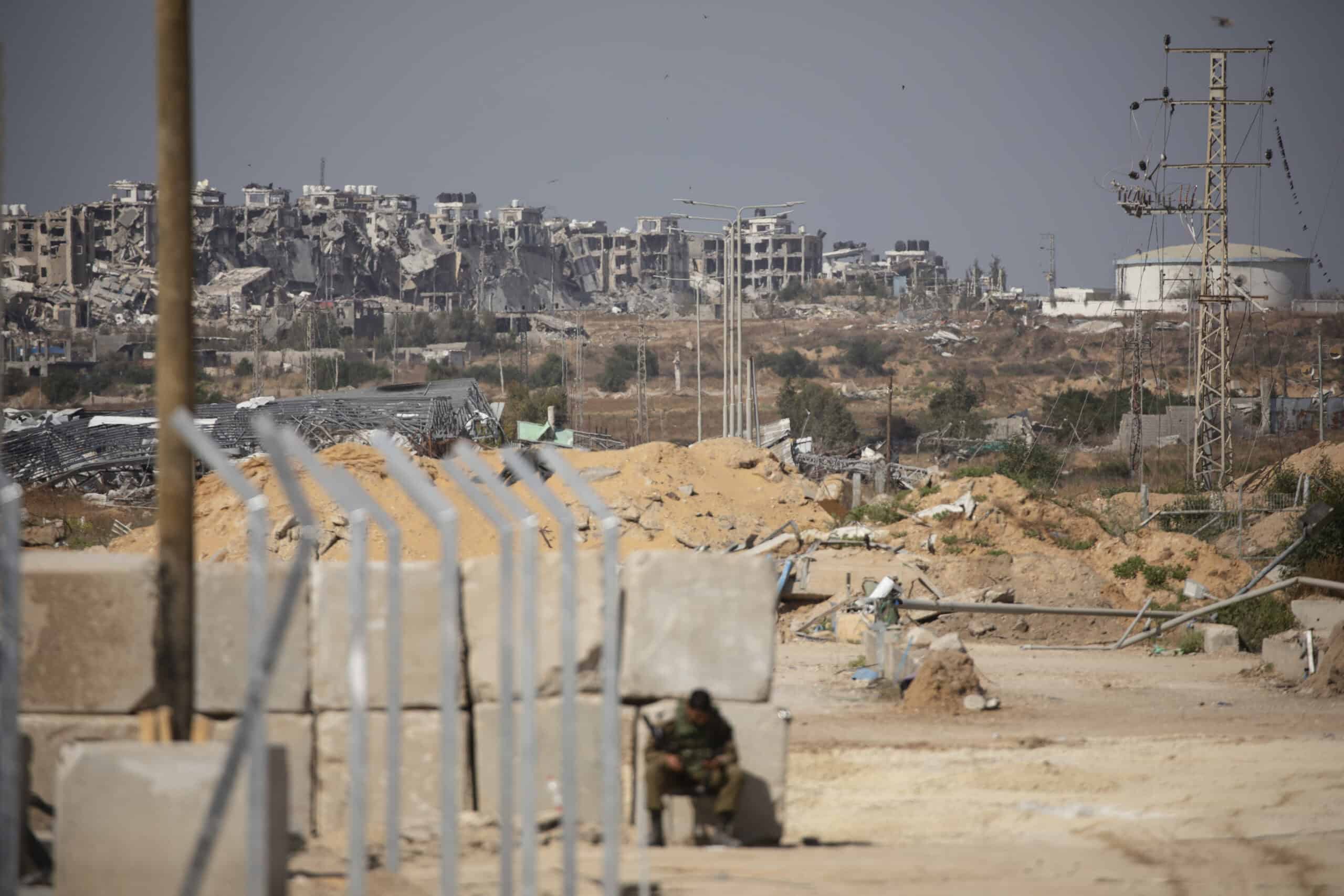
Since its modern inception, Israel has always been surrounded by hostile neighbors and frequently attacked by state and non-state actors alike. After the October 7th attacks which left 1,200 Israelis dead, Israel launched a counteroffensive to pacify the Gaza Strip. The ongoing campaign displaced almost two million people and has killed at least 41,000. Israel is also striking against Iranian proxies in the region and launched a cross-border incursion into Lebanon against Hezbollah in October 2024.
Iran and Israel are coming dangerously close to open warfare with both nations launching attacks against one another in April 2024. Israel vowed to respond to Iran’s latest missile attack in October 2024. While a wider regional conflict may not be the intended outcome, escalation from a proxy war to open conflict is all too easy a step to make.
8 – Syria

At least 500,000 people have died and six million have been displaced in the ongoing civil war in Syria. 2011 protests against Bashar al-Assad’s regime escalated into a civil war between Assad’s forces and a coalition of Islamist militants. As well as the civil war, several nations conduct air strikes and military operations on Syrian soil.
Turkey conducted four cross-border incursions against Kurdish rebel groups from 2016-20 and is gearing up for another. Additionally, the United States, United Kingdom, and France have launched over 11,000 air strikes on targets in Syria since 2015. Russian and Iranian forces are also present in Syria to prop up Assad’s regime. Though Moscow insists it only provides air support, the mercenary Wagner Group was deployed to protect Russian interests in the region. More recently, Israel has been attacking Iranian targets in Syria.
The impact of this multifaceted regional conflict on the local population is predictably devastating. A refugee crisis, dire poverty, and rampant food insecurity are all part of the ongoing humanitarian crisis in Syria. A 2023 earthquake at the Turkish-Syrian border disrupted a vital land bridge for humanitarian aid.
7 – Russia
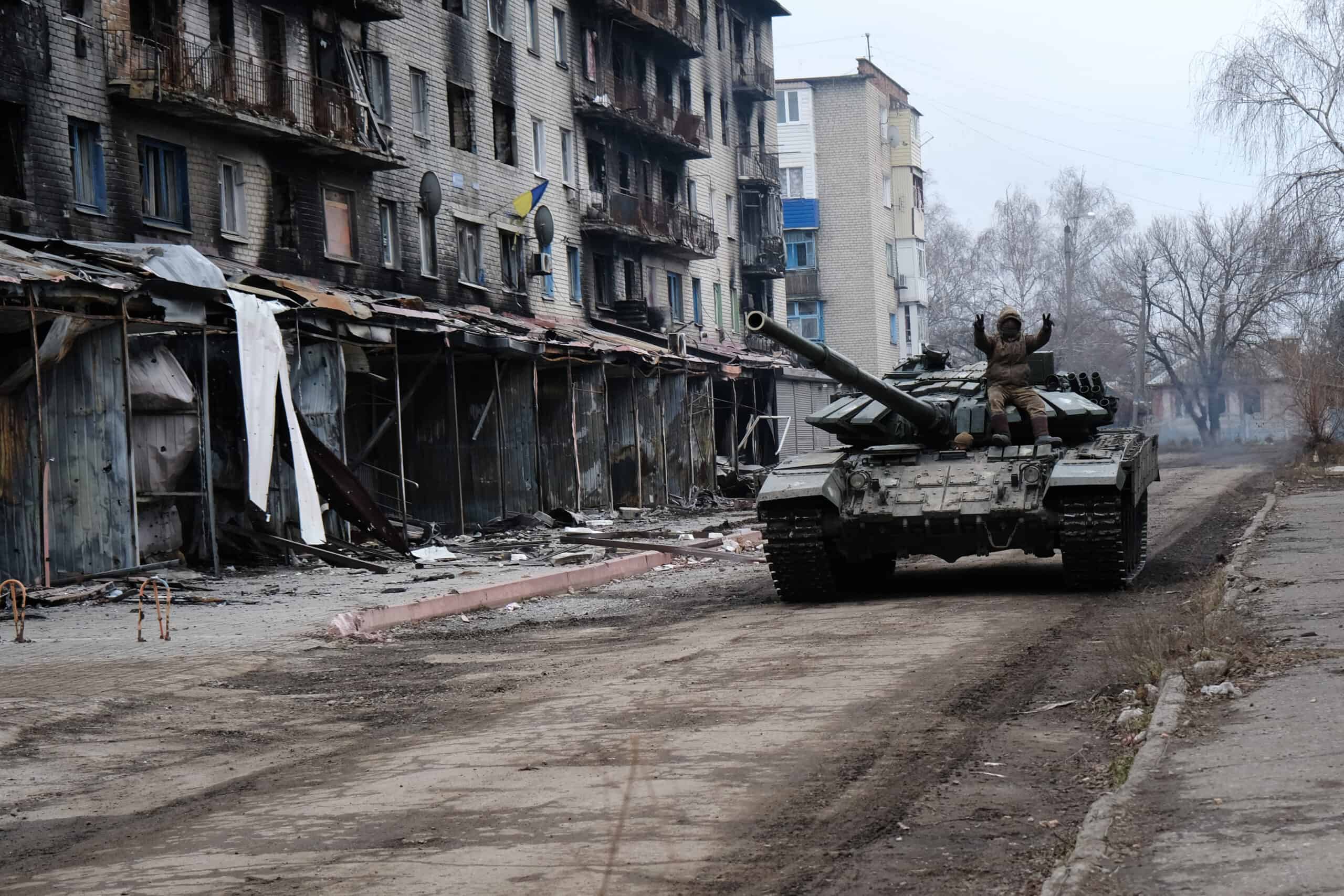
As the aggressor in an ongoing conflict, perhaps the only surprise is that Russia isn’t further down the rankings of the GPI. Russia fares better than its unpeaceful peers in terms of displaced people, internal conflicts, violent demonstrations, and weapons imports. As the GPI doesn’t account for the latest developments in the ongoing war, the consequences of the Kursk incursion aren’t counted here. Similarly, the latest casualty figures aren’t accounted for yet.
September 2024 was the deadliest month yet for Russian forces in Ukraine. After the swift victory did not materialize, Russia pivoted towards a strategy of attrition and accepted mounting losses to wear down Ukraine. Accordingly, Russia has paid a heavy price in blood and treasure. The latest casualty estimates put Russian losses at over 600,000 dead and wounded.
6 – Democratic Republic of the Congo
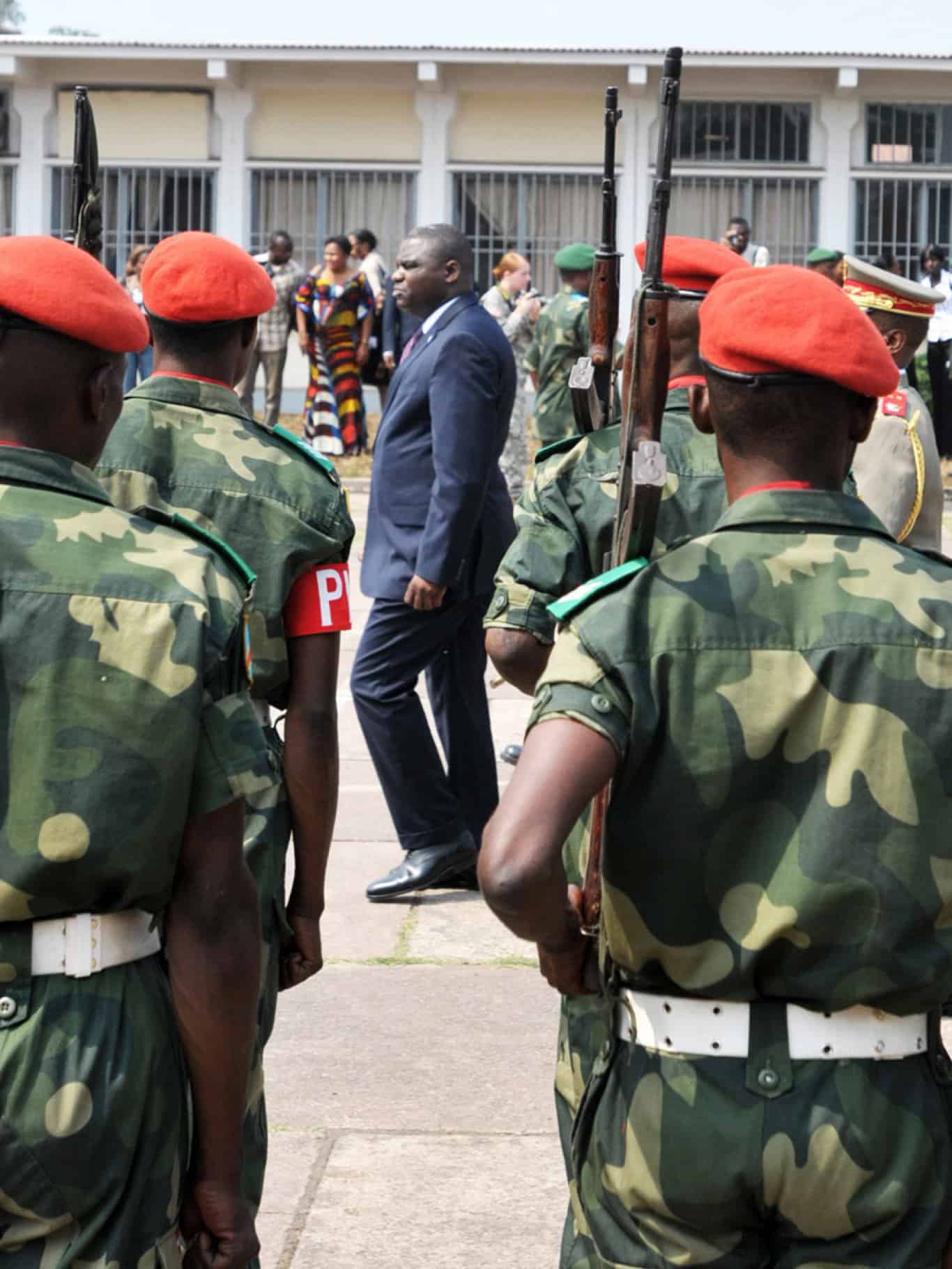
Six million people have died in conflicts in the Democratic Republic of the Congo since 1996. In the First Congo War (1996-97) a coalition of African states and internal Congolese opponents successfully ended autocrat Mobutu Sese Seko’s 26-year reign. However, the relations between the allies soon broke down and the Second Congo War (1998-2005) broke out a year later. It was the deadliest war fought since World War Two.
The President of the Democratic Republic of the Congo (DRC), Laurent Kabila, was assassinated in 2001 and succeeded by his son. Joseph Kabila headed the transitional government that ended the war but regional violence is still rife within the DRC. Armed rebel groups control large swathes of the country and tensions with neighboring Rwanda are at boiling point. Over seven million people have been displaced since 2023 by the ongoing turmoil.
5 – Ukraine

The Ukraine-Russia war is nearing its third year. However, the Russian invasion is really just a more active phase of a long conflict between Kyiv and Moscow. Ukraine’s stout resistance against the initial onslaught confounded expectations of a swift Russian victory. However, the war is taking a major toll on Ukraine’s population as Russia pivots to a strategy of attrition. Millions have been displaced and Ukraine’s GDP has predictably nosedived.
Much will hinge on the outcome of the 2024 Presidential election as Ukraine’s war effort relies heavily on foreign. A Ukraine-skeptic White House may well force an unfavorable settled peace while a more sympathetic outcome may only serve to prolong the struggle.
4 – Afghanistan

The United States withdrew from Afghanistan in 2021, ending a 20-year war. However, the end of the conflict did not bring peace to Afghanistan. The weak government propped by the United States soon fell and the Taliban regained power. Foreign aid no longer comes to the diplomatically isolated regime. Accordingly, Afghanistan faces dire food shortages and a failing healthcare system as well as millions of displaced people.
In the first two years of Taliban rule, the government carried out over one thousand instances of violence against its own citizens. Despite promises of amnesty for former government and security officials in August 2021, at least 400 violent attacks against members of the previous government were recorded from 2021-23, and 290 were by the Taliban. Journalists, prisoners, and women were also subjected to extrajudicial violence. None of the promises made by the Taliban have been kept. With few nations recognizing the regime and simmering tensions at the border with Pakistan, Afghanistan’s troubles are far from over.
3 – South Sudan

South Sudan is the world’s newest country but old problems die hard. The 2005 peace agreement that ended the second Sudanese Civil War included a provision for a future independence referendum. In January 2011, 99% of South Sudanese voters backed independence.
A power struggle between President Salva Kiir and Vice President Riek Machar ignited into a civil war in 2013. 400,000 people died as both sides carried out atrocities and regularly violated ceasefires. Kiir and Machar formed a unity government in 2020 to end hostilities but violence is still ever-present in South Sudan. Refugees escaping the ongoing civil war in Sudan are placing the country’s already limited resources at breaking point. South Sudan is considered the most dangerous place in the world for aid workers.
2 – Sudan
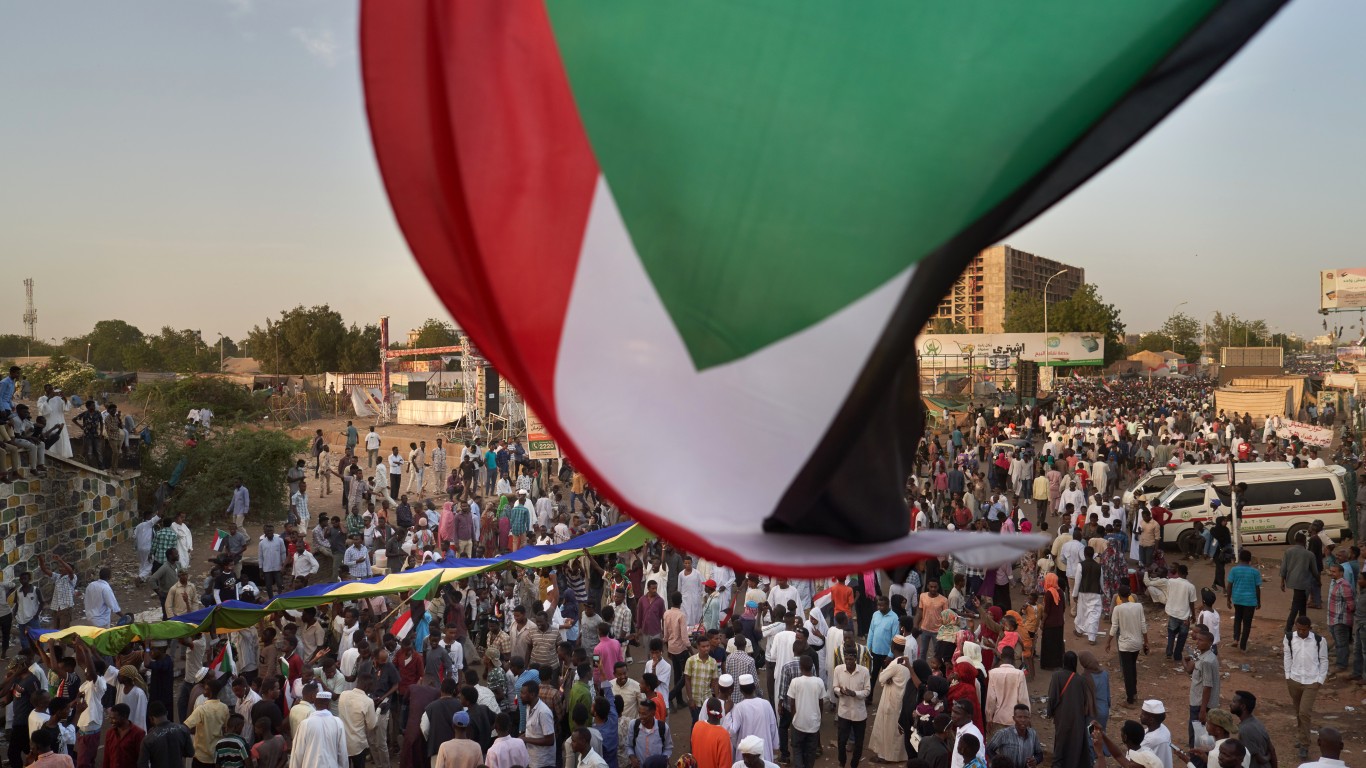
Sudan is a country that has lurched from one catastrophe to another since the 1950s. The first Sudanese Civil War lasted almost 17 years from 1955-72. The war erupted as Sudan was about to break free from British rule. The vast country had a major cultural divide between the Muslim north and the Christian and animist south. Up to one million people perished in the conflict. The Addis Ababa Agreement ended the fighting albeit temporarily. The Second Sudanese Civil War broke out in 1983 and lasted 21 years with an estimated 1-2 million fatalities.
Omar al-Bashir seized power in a coup in 1989 and ruled as a dictator for 30 years before he was toppled in 2019. Osama bin Laden and other terrorist leaders lived in Sudan in the 1990s, this caused the United States to sever ties with Sudan in 1996 and impose sanctions.
Over 200,000 people were systematically killed in the Darfur region between 2003-05 by the Janjaweed militia and the Sudanese government. After al-Bashir was removed from power in a 2019 uprising, the new government was toppled again by a coup led by the Sudanese Armed Forces (SAF) and the Rapid Support Forces (RSF) in 2021.
The third Sudanese civil war broke out in April 2023 over a power struggle between the SAF and RSF. Some eight million people were displaced by the fighting. As the war rages, there are serious warnings that another genocide could be carried out in Darfur.
1 – Yemen
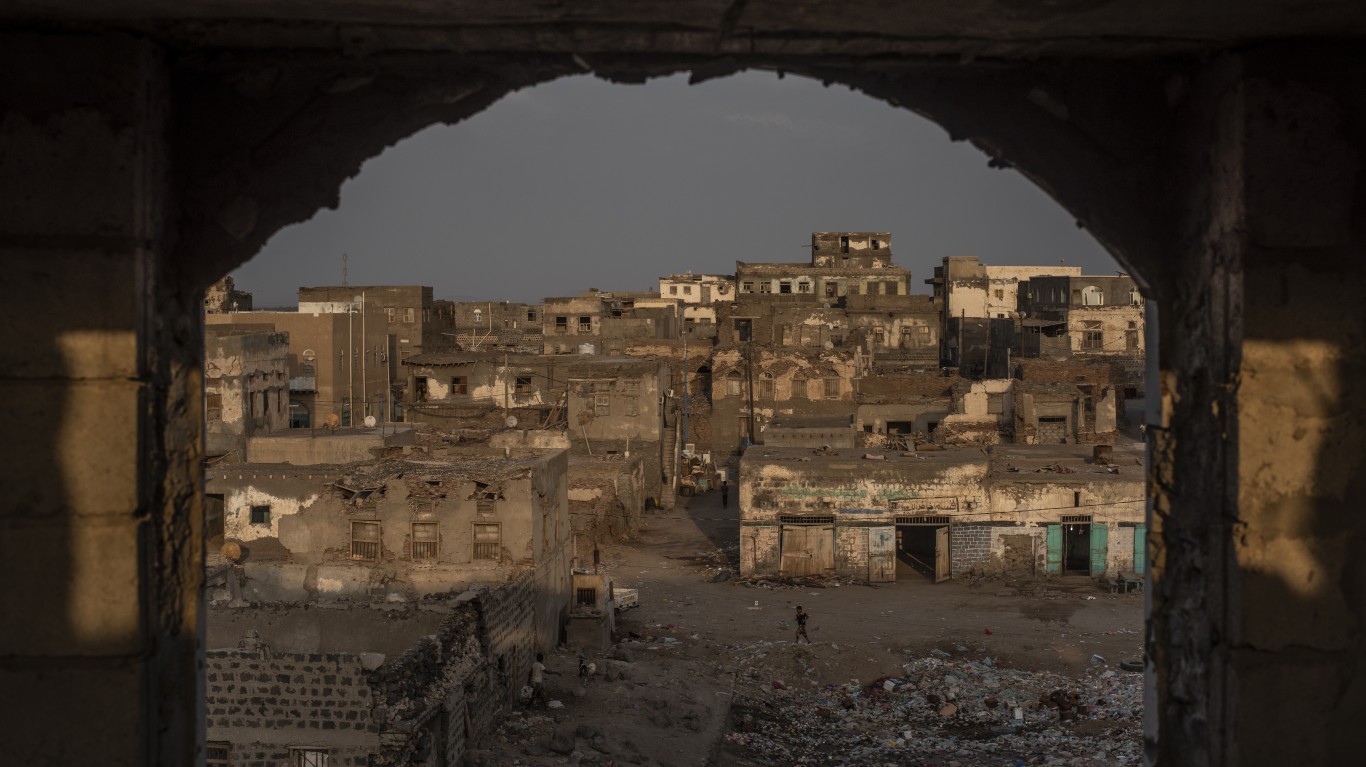
Yemen has the unwanted distinction of being the least peaceful nation on earth. The UN described the unfolding situation in Yemen as the worst humanitarian crisis in the world in 2021. The crisis has left two-thirds of the country’s 33 million people needing humanitarian assistance. Yemen’s multi-faceted troubles go back several years. An insurgency by Al-Qaeda in 1998 eventually led to an attack on the USS Cole in October 2000. 17 American sailors perished in a suicide attack by the terrorist group. Since 2002, the United States has carried out over 400 anti-terrorist strikes in Yemen.
Civil War (2014-present)
The Iranian-backed Houthis rose up in rebellion in 2004 and this escalated into a civil war in 2014 which still rages today. The Houthis seized the capital in October 2014, leading to intervention by a Saudi-led coalition in 2015. A naval blockade was imposed to prevent weapons shipments from arriving from Iran which led to critical food shortages. The conflict is something of a proxy war between Saudi Arabia and Iran. China mediated talks in May 2023 to restore diplomatic relations between the two countries.
Recent Developments
Another faction in the conflict is the Southern Transitional Council (STC), a secessionist group backed by the United Arab Emirates. The STC seized Aden in 2018 but worked out a power-sharing agreement in 2020. Al-Qaeda in the Arabian Peninsula (AQAP) carried out a series of attacks on the SLC and killed a senior commander in August 2023.
Houthi delegates traveled to Saudi Arabia in September 2023 to work out a timetable for Saudi withdrawal and a lasting peace. However, the October 7 attack by Hamas on Israel spilled over into the Arabian peninsula. The Houthis began attacking foreign shipping which in turn led to US-UK operations against the Houthis in January 2024. The Israeli Air Force struck Hudayah, a major port city in Yemen and a crucial source of humanitarian aid, in September 2024.
Conclusion
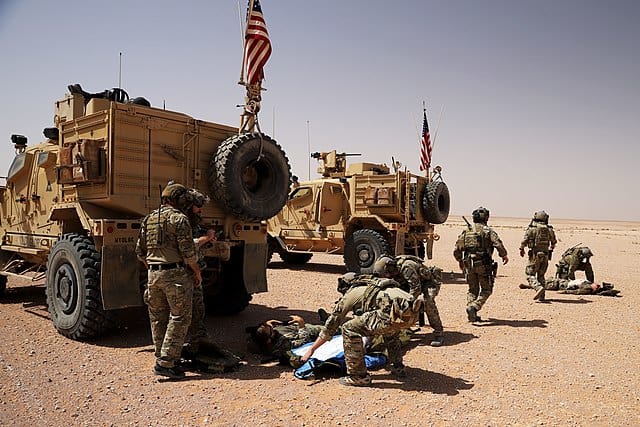
17 nations have a “very low” status on the Global Peace Index. It should be noted the 2024 study does not represent the very latest developments so escalations in ongoing conflicts are not reflected in the results.
As with the most peaceful nations, geography is an important factor. Israel’s location and proximity to hostile non-state actors make achieving lasting peace challenging. Nearby Syria and Iraq have multiple armed groups fighting within their territory and contending with foreign interventions. While countries in central Europe and Scandinavia tend to be the most peaceful, the reverse is true for sub-Saharan Africa. The Central African Republic shares a border with Sudan, South Sudan, and the Democratic Republic of Congo, and their troubles often overlap. Similarly, Mali and Burkina Faso are neighbors in one of the most troubled spots on the continent.
The only surprise concerning Russia and Ukraine’s inclusion is that they’re not further down the pecking order. The recent arrival of F-16s and the potential delivery of long-range munitions in Ukraine could usher in a more dangerous phase of the war. Yemen’s unwanted position at the foot of the table stems from long-term factors and more recent developments. Its key strategic position within the Gulf of Aden means it will always invite outside influence. Global trends may seem to be moving in an alarming direction but such ebbs and flows are quite typical historically and times of crisis are often followed by lengthy periods of calm. It is up to the wider global community to realize that possibility.
Take Charge of Your Retirement In Just A Few Minutes (Sponsor)
Retirement planning doesn’t have to feel overwhelming. The key is finding expert guidance—and SmartAsset’s simple quiz makes it easier than ever for you to connect with a vetted financial advisor.
Here’s how it works:
- Answer a Few Simple Questions. Tell us a bit about your goals and preferences—it only takes a few minutes!
- Get Matched with Vetted Advisors Our smart tool matches you with up to three pre-screened, vetted advisors who serve your area and are held to a fiduciary standard to act in your best interests. Click here to begin
- Choose Your Fit Review their profiles, schedule an introductory call (or meet in person), and select the advisor who feel is right for you.
Why wait? Start building the retirement you’ve always dreamed of. Click here to get started today!
Thank you for reading! Have some feedback for us?
Contact the 24/7 Wall St. editorial team.

